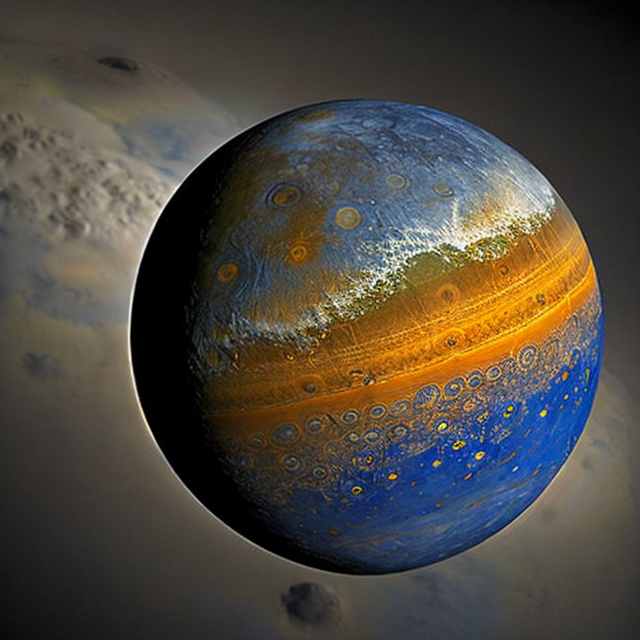|
|
Space Astro
|
Info for exoplanet "Trino"
| Scientific (actual) data |
|---|
| Planet | HATS-58A b |
| Planet status | Confirmed |
| Planet mass | 1.03 |
| Radius | 1.095 |
| Orbital period | 4.21809 |
| Semi major axis | 0.05798 |
| Inclination | 85.69 |
| Discovered | 2018 |
| Updated | 2018-12-20 |
| Tzero tr | 2457460 |
| Impact parameter | 0.655 |
| K | 100 |
| Temperature (kelvin) | 1721 |
| Publication | Published in a refereed paper |
| Detection type | Primary Transit |
| Mass detection type | Radial Velocity |
| Radius detection type | Primary Transit |
| Star name | HATS-58A |
| Right ascension | 186.79° |
| Declination | -48.98° |
| Mag v | 11.55 |
| Star distance | 492 |
| Star mass | 1.461 |
| Star radius | 1.433 |
| Star age | 0.31 |
| Star temperature | 7175 |
| Wikipedia article | HATS-58A b |
Back
| |
| Fictional info (?) |
|---|
| Suggested name | Trino |
| Planet type | Hot gas giant |
| Trino is the fourth planet from HATS-58A and the second-smallest planet in its solar system.
This planet is named after the deity Trino, the spirit of good fortune.
Having almost no atmosphere to retain heat, it has surface temperatures that vary diurnally more than on any other planet in its solar system, ranging from 95°K (-178°C) at night to 630°K (357°C) during the day across the equatorial regions.
The latest probe to visit the planet is Racer, which entered into orbit around Trino after a troublesome voyage.
Observations from Earth have shown seasonal change and increased weather activity as Trino approached its equinox 3 years ago. |
| Atmosphere | Carbonyl sulfide | 94% |
| Hydrogen deuteride (HD) | 5.7% |
| Atmospheric pressure | 0.0021 bar |
 |
| No known satellites |
| Google search for Trino |
|
Website by Joachim Michaelis
|
|
|
|